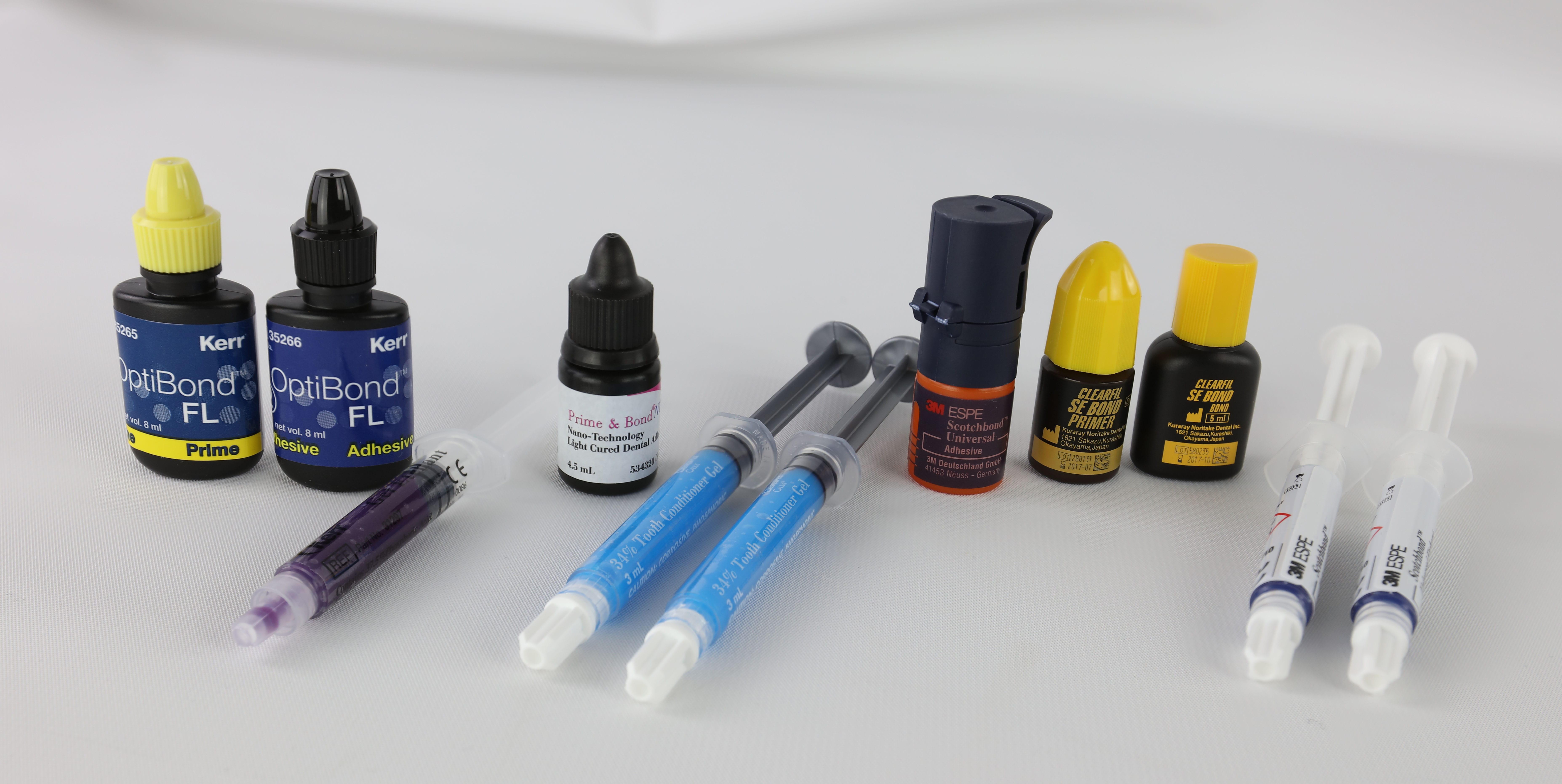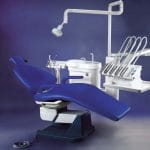Losing a tooth can significantly affect not only your smile but also your confidence and overall quality of life. Fortunately, modern dentistry offers a revolutionary solution: dental implants. Recognized as the gold standard for tooth replacement, dental implants have transformed countless lives by providing a natural-looking and long-lasting alternative to traditional dentures and bridges. This comprehensive guide will explore everything you need to know about dental implants in 2024—from the types available and associated risks to costs and alternative options. Whether you’re considering implants for yourself or researching for a loved one, this article will equip you with the knowledge needed to make an informed decision about your dental health.
What Are Dental Implants?
Dental implants are artificial tooth roots surgically placed into the jawbone to support replacement teeth. They offer a permanent solution for missing teeth, closely mimicking the look, feel, and function of natural teeth.
Components of a Dental Implant
A dental implant consists of three main components:
- Implant Body: A titanium post that serves as the artificial root.
- Abutment: A connector that attaches the implant to the replacement tooth.
- Crown: The visible part that resembles a natural tooth.
How Dental Implants Work
Dental implants function through a process called osseointegration, where the titanium implant fuses with surrounding bone tissue. This creates a stable foundation for the replacement tooth, preserving jawbone density and preventing the bone loss often associated with missing teeth.
![Dental Implants: Types, Risks, Costs, and Alternatives [2024 Guide] 2 Dental Implant Components](https://www.xhaowen.com/wp-content/uploads/2024/10/Dental-Implant-Components-772x1024.png)
Types of Dental Implants
There are several types of dental implants, each suited to different needs:
| Type of Implant | Description |
|---|---|
| Endosteal Implants | The most common type, surgically placed directly into the jawbone. |
| Subperiosteal Implants | Placed under the gum but on or above the jawbone; ideal for patients with insufficient bone height. |
| Single Tooth Implants | Replace individual missing teeth. |
| Multiple Tooth Implants | Support several replacement teeth, often in the form of an implant-supported bridge. |
| Full Arch Dental Implants | Replace an entire arch of missing teeth, such as with the All-on-4 technique. |
The Dental Implant Procedure
The dental implant process typically involves several stages:
- Initial Consultation: Your dentist evaluates your oral health and determines if you’re a suitable candidate.
- Treatment Planning: A customized plan is created, often using 3D imaging for precise implant placement.
- Implant Placement: The titanium post is surgically inserted into the jawbone.
- Healing and Osseointegration: This process typically takes 3-6 months.
- Abutment Placement: Once healed, the connector is attached to the implant.
- Crown Placement: The final step where your custom-made crown is secured to the abutment.
Benefits of Dental Implants
Dental implants offer numerous advantages:
- Natural Appearance and Function: They closely resemble natural teeth.
- Preservation of Jawbone Density: Prevents bone loss that often occurs with missing teeth.
- No Damage to Adjacent Teeth: Unlike bridges, they do not require alteration of neighboring teeth.
- Improved Speech and Chewing Ability: Unlike dentures, which can slip, implants allow for confident speaking and eating.
- Long-lasting Solution: With proper care, they can last a lifetime.
- Enhanced Self-esteem and Quality of Life: Restores confidence in your smile.
Potential Risks and Complications
While dental implants have a high success rate (over 95% at 10-15 years), there are potential risks involved:
| Complication | Description | Frequency |
|---|---|---|
| Infection | Can occur in gums or bone around the implant | 5-10% of cases |
| Nerve Damage | May cause numbness or tingling (usually temporary) | Rare |
| Implant Failure | Implant doesn’t integrate with bone | <5% of cases |
| Sinus Problems | Upper jaw implants may affect sinus cavities | Uncommon |
| Gum Recession | Gums may recede around the implant over time | Can occur gradually |
Choosing an experienced implant dentist and following proper aftercare instructions significantly reduce these risks.
Ideal Candidates for Dental Implants
Good candidates for dental implants typically:
- Have one or more missing teeth
- Possess adequate jawbone density
- Maintain good oral hygiene
- Have healthy gums
- Do not smoke (or are willing to quit)
- Have no uncontrolled chronic diseases
Factors that may complicate implant placement include:
- Insufficient bone density (may require bone grafting)
- Active gum disease
- Certain medical conditions (e.g., uncontrolled diabetes)
- Heavy smoking
- Recent radiation therapy to the jaw area
A thorough evaluation by a qualified implant dentist is crucial to determine your suitability for the procedure.
Cost of Dental Implants in the USA
As of 2024, the average cost for a single dental implant in the USA ranges from $3,000 to $6,000. This typically includes the implant body, abutment, and crown. However, total costs can vary based on several factors:
| Cost Factor | Description |
|---|---|
| Number of Implants Needed | More implants increase total costs |
| Necessity for Additional Procedures | Bone grafts or sinus lifts can add to expenses |
| Geographic Location | Prices vary by region |
| Dentist’s Experience and Expertise | Experienced dentists may charge higher fees |
| Type of Materials Used | Premium materials may increase costs |
Most dental insurance plans offer limited coverage for implants. Many patients explore options like dental savings plans, financing options, or even dental tourism to manage costs.
Alternatives to Dental Implants
While dental implants are often preferred, alternative options include:
- Dental Bridges: Fixed appliances that bridge the gap created by missing teeth.
- Partial Dentures: Removable appliances that replace multiple missing teeth.
- Full Dentures: Complete set of removable false teeth for those missing all their natural teeth.
- Resin-Bonded Bridges (Maryland Bridges): Less invasive alternatives suitable primarily for front teeth replacement.
Comparison of Options
Here’s a comparison table highlighting these alternatives:
| Option | Pros | Cons |
|---|---|---|
| Dental Implants | Long-lasting; preserve bone; natural look/function | Higher upfront cost; surgical procedure |
| Dental Bridges | Less expensive than implants; faster treatment | Requires altering adjacent teeth; shorter lifespan |
| Partial Dentures | Affordable; non-invasive | Can be uncomfortable; may slip; accelerates bone loss |
| Full Dentures | Replaces all teeth; non-invasive | May affect speech/eating; accelerates bone loss |
| Resin-Bonded Bridges | Conservative; preserves adjacent teeth | Only suitable for front teeth; less durable |
Technological Advancements in Implantology
The field of dental implantology continues to evolve with exciting advancements in 2024:
- 3D Printing: Custom-made implants and surgical guides allow for more precise placement.
- AI-Assisted Treatment Planning: Artificial intelligence algorithms help optimize implant positioning and predict outcomes effectively.
- Nanosurface Implants: Enhanced surfaces promote faster osseointegration and reduced healing time.
- Ceramic Implants: Metal-free options cater to patients with metal sensitivities or those seeking more aesthetic solutions.
These innovations make implant procedures faster, more accurate, and more comfortable for patients.
Maintaining Your Dental Implants
Proper care is crucial for ensuring your dental implants last a lifetime:
Practice excellent oral hygiene (brush twice daily; floss daily).
Use an interdental brush or water flosser for hard-to-reach areas.
Avoid smoking and excessive alcohol consumption.
Attend regular dental check-ups and professional cleanings.
Wear a night guard if you grind your teeth.
With diligent care, dental implants can last indefinitely—making them a worthwhile investment in your oral health and overall well-being.
Conclusion
Dental implants offer an innovative solution for missing teeth, providing unparalleled stability, functionality, and aesthetics. While their initial cost may be higher than other options, their longevity and health benefits often make them the most cost-effective choice in the long run. As with any medical procedure, consulting with a qualified implant dentist is crucial to determine if dental implants are right for you. They can provide a personalized treatment plan tailored to your specific oral health needs, budget considerations, and long-term goals.
Don’t let missing teeth hold you back from living life to its fullest—schedule a consultation with an implant specialist today to explore how dental implants can restore your smile and confidence!















